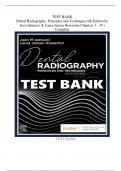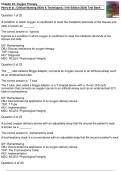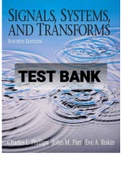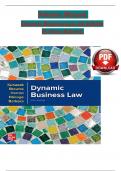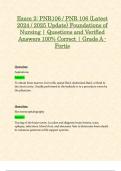Tentamen (uitwerkingen)
TEST BANK Dental Radiography: Principles and Techniques (6TH ED) by Joen Iannucci & Laura Jansen Howerton Chapters 1 - 35 | Complete
- Vak
- Instelling
- Boek
Dental Radiography: Principles and Techniques 6th Edition by Joen Iannucci & Laura Jansen Howerton Test Bank Stuvia Is Available For Download After Purchase. In Case You Encounter Any Difficulties with Download or want the document in a Different Format, Please Feel Free to Contact Me via Inbox. I ...
[Meer zien]
